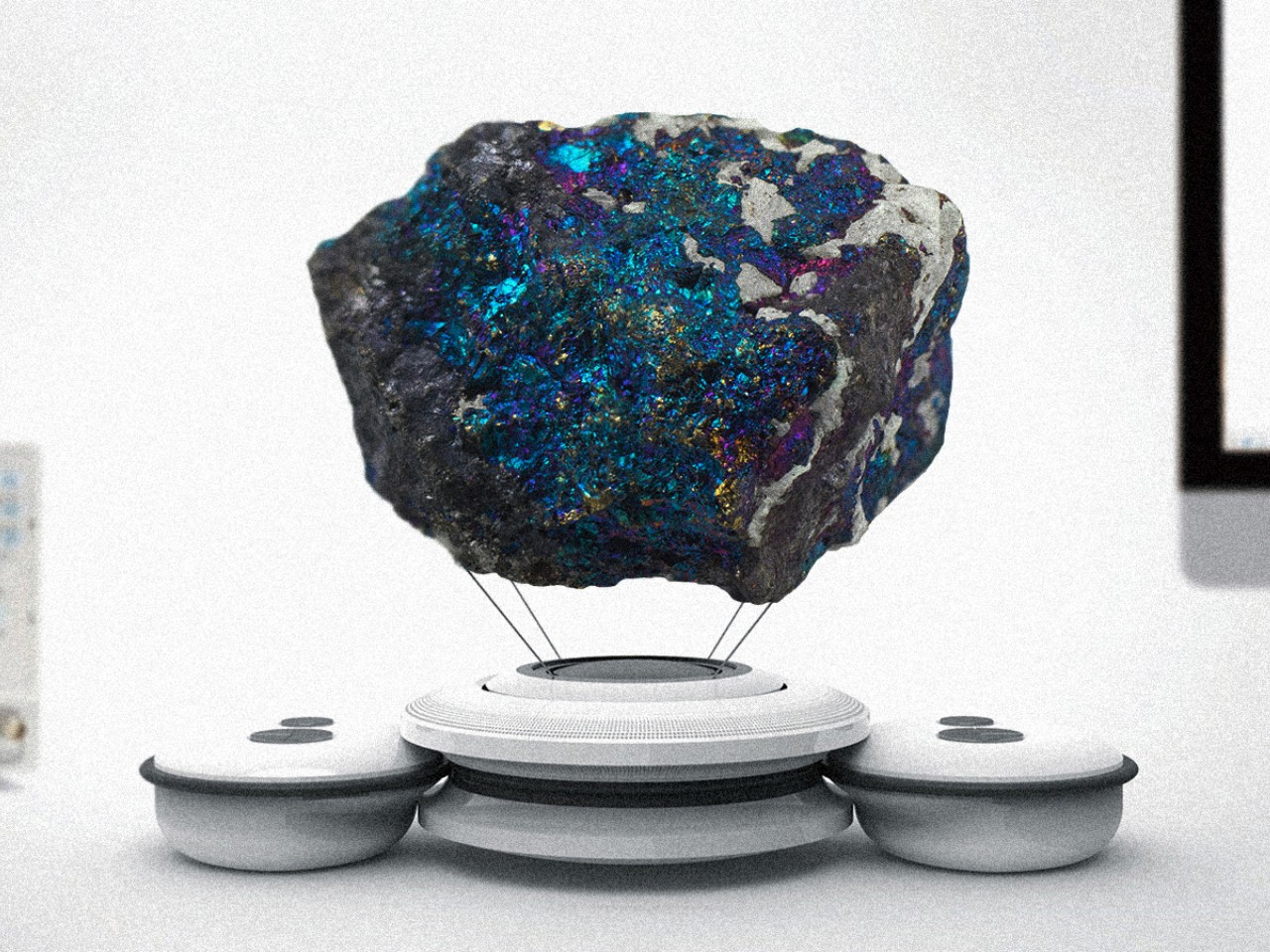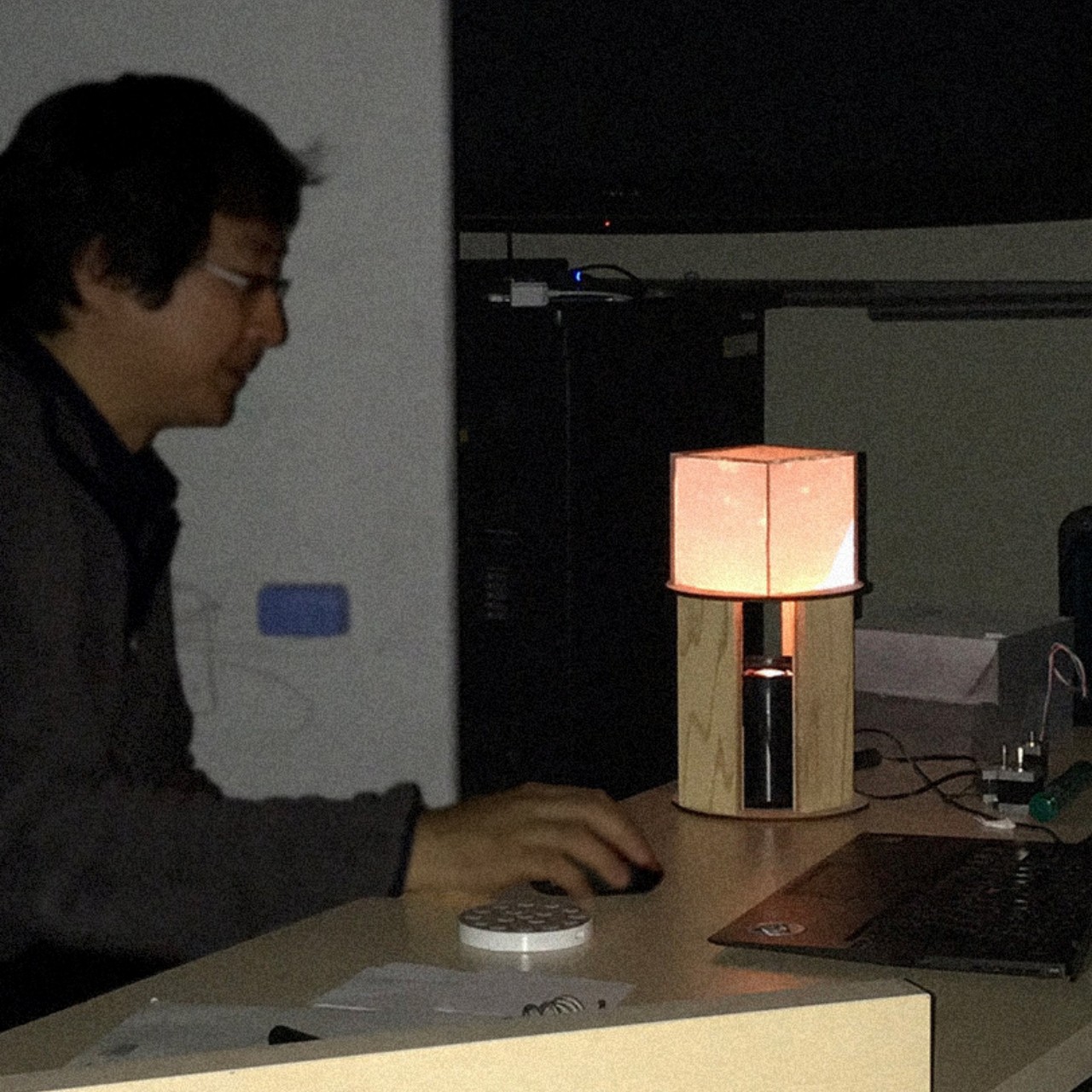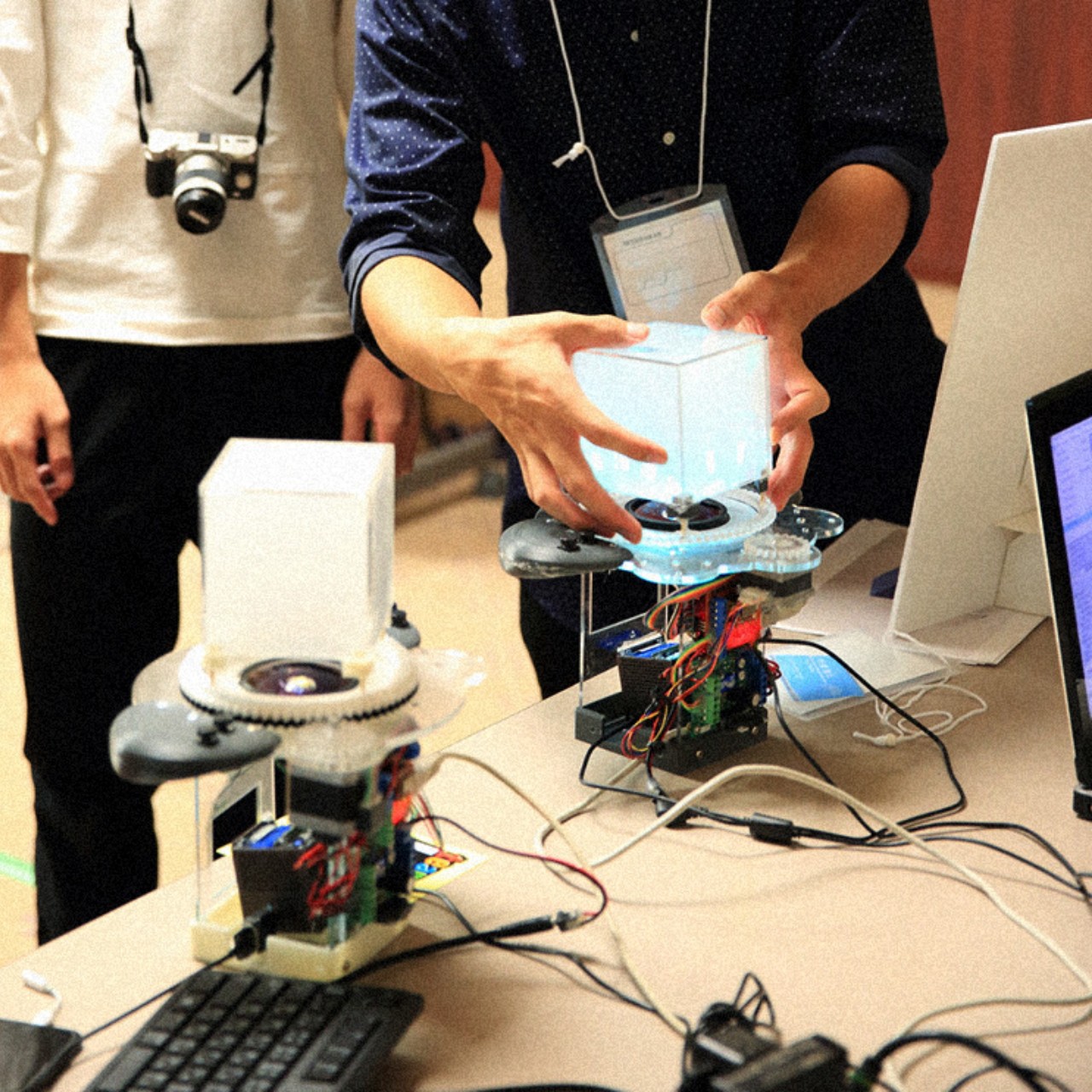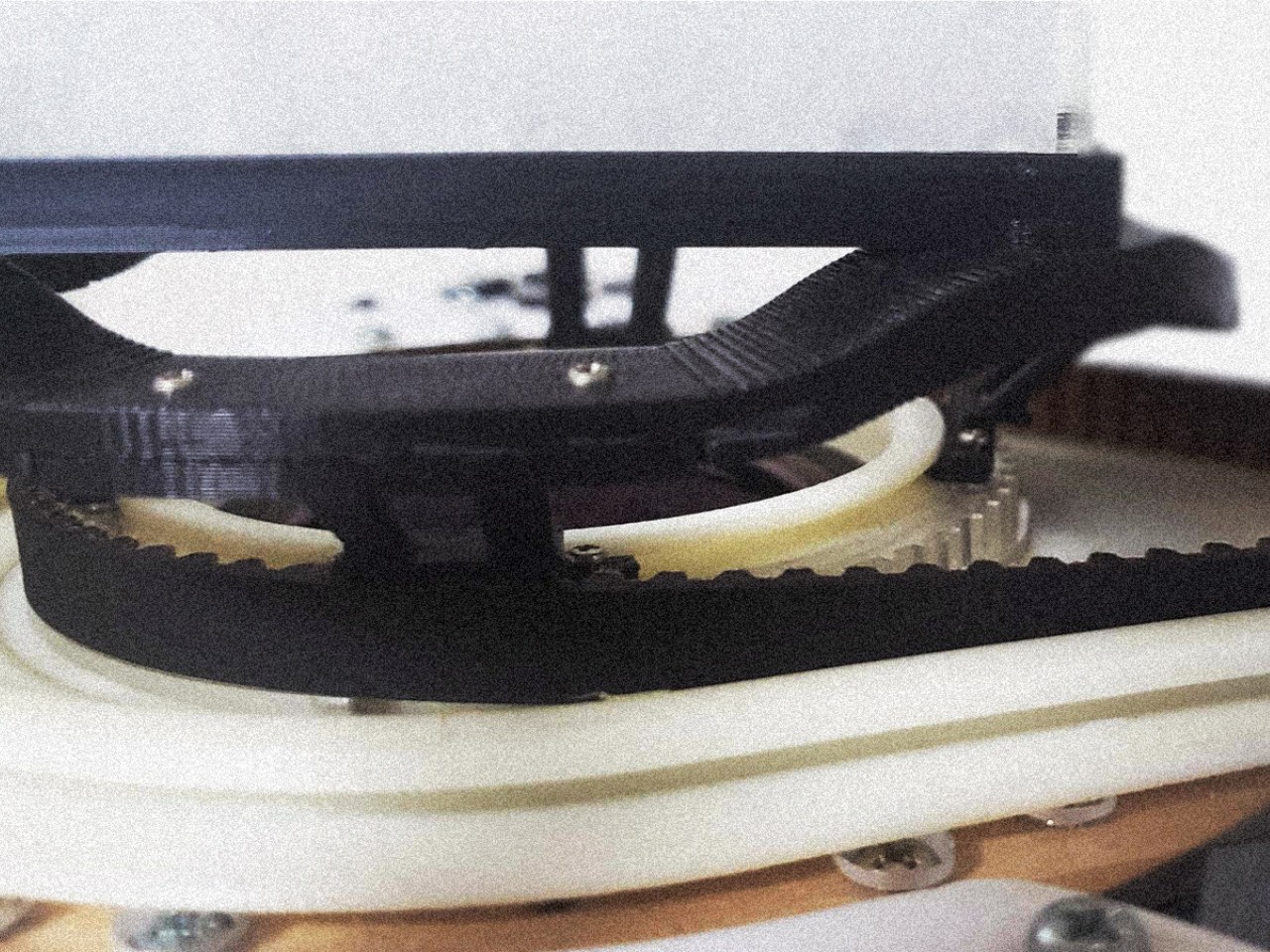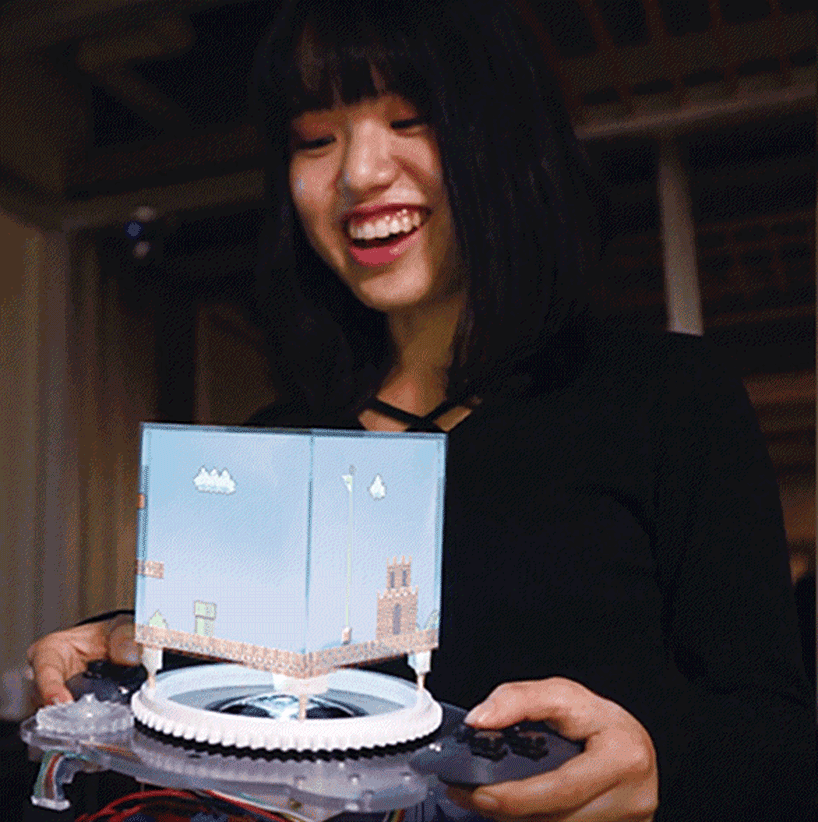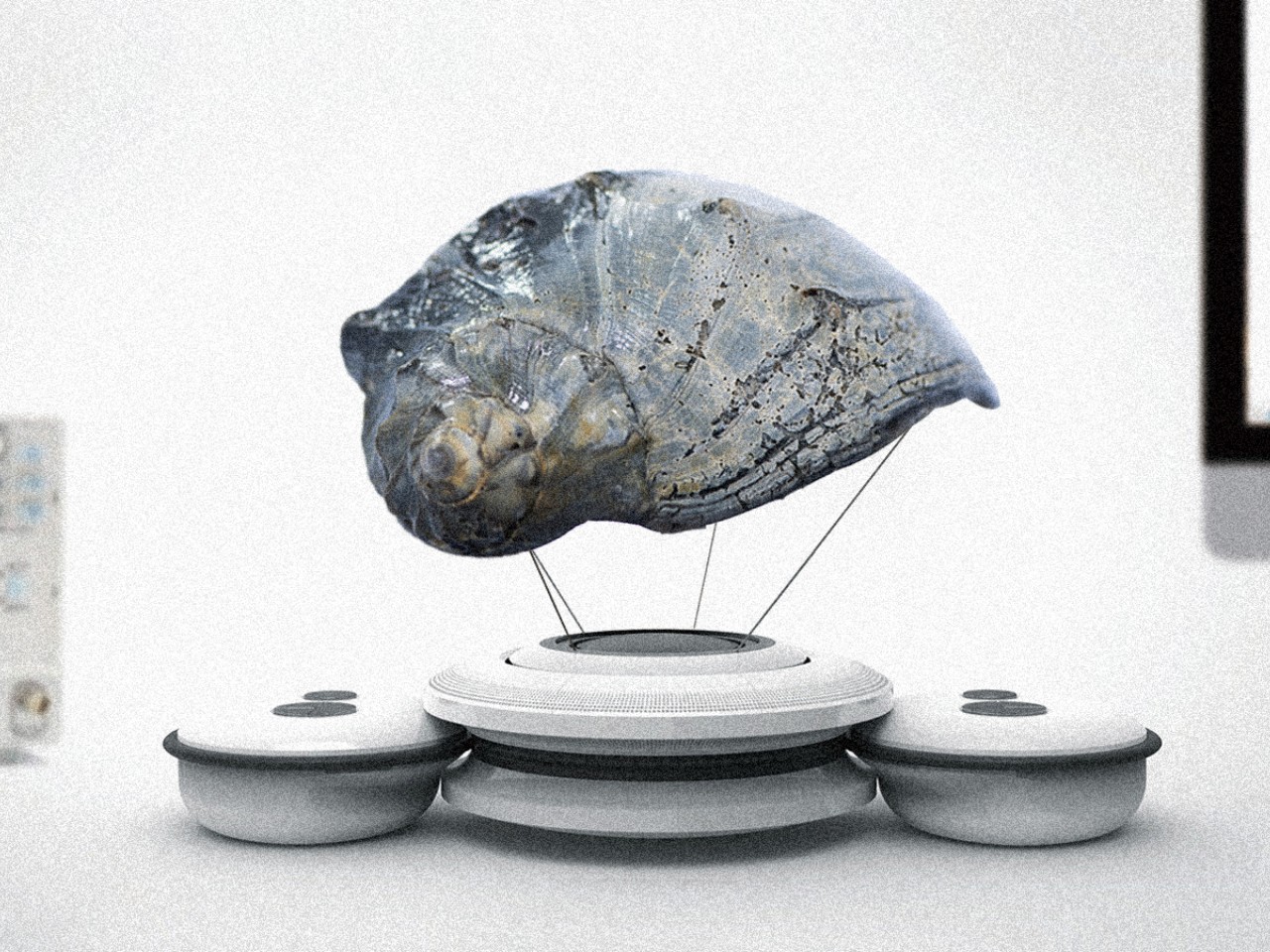
A lot of offices and workplaces now have realized that the furniture and the design in their spaces can contribute to the productivity and the stress release of their employees. We’re seeing some add subtle and not-so-subtle touches to their offices to help people destress or at least have some sense of rest and relaxation while at the same time contribute to the eventual productivity of these employees.
Designers: PD Group X design studio


Cortina is a concept for a series of office furniture that gives users in the office their personal time and space and at the same time, increase work concentration. It is made up of three different pieces that are also multi-functional. Of course we’re fans of designs that can serve more than just one purpose to its users. The three items in this concept series are: the Pause Lounge Stand, the Peep Desk Wall, and the Tab Document Rack, which their names show off what their main functions are. They are meant to have multiple functions so as to save space and your office’s budget as well.




The Pause Lounge Stand lets users take a pause at work while also not overstaying in the rest area. Before you settle in your lounge chair or rest area, pull the handle that will set the time and as the minutes tick by, the shade parts of the tower-like stand goes down and the subtle lighting slowly disappears. Once the shades are all down, it’s a sign to go back to work. It also doubles as a phone charging station so you can let your device rest. The Peep Desk Wall is a divider placed on your table which is able to control the field of view between you and the other occupants of the table and the degree of light diffusion as well. You can also attach magnets and sticky notes on the metal plates so you can reach them easily.





Lastly, the Tab Organizer sorts papers of different sizes when you close the “blinds” after placing the different pieces into the tabs. The product renders don’t really show how the sorting happens but at the very least, it lets you store different documents into a standing piece of furniture and lessen clutter on your table. These carefully designed piece of office furniture would be an interesting addition to your workspace if these are functionalities that you need to implement, working on both rest and productivity.




The post Office furniture tries to find balance between rest and productivity first appeared on Yanko Design.



















































































